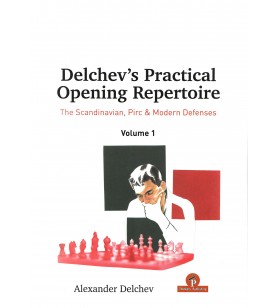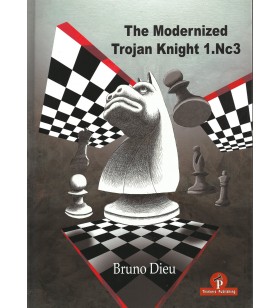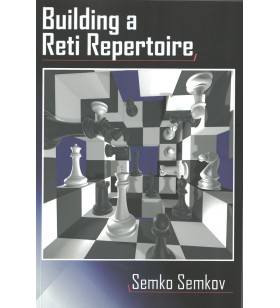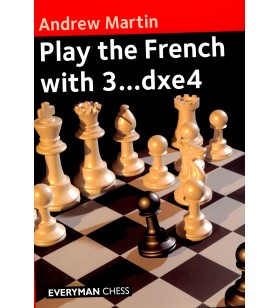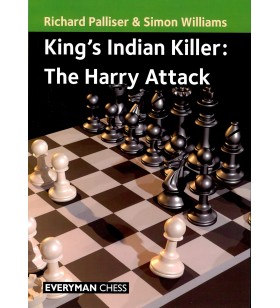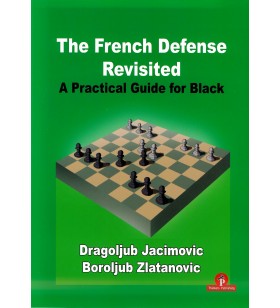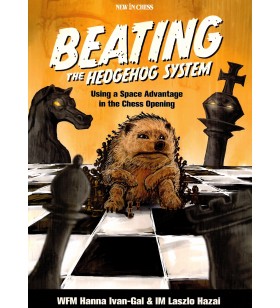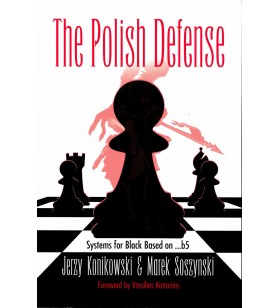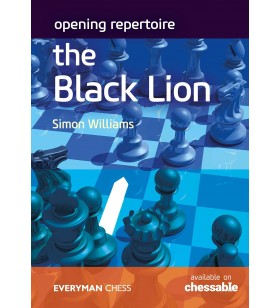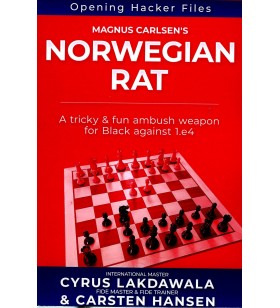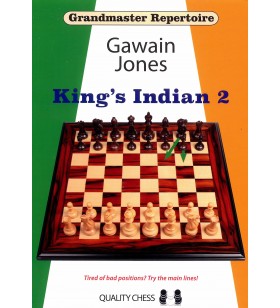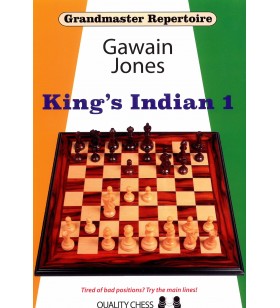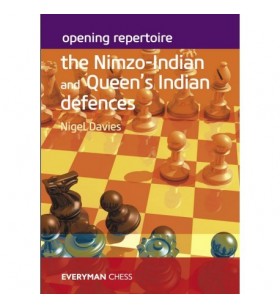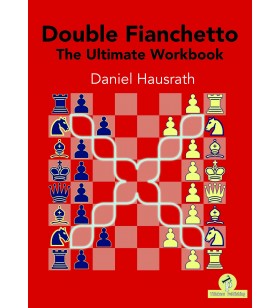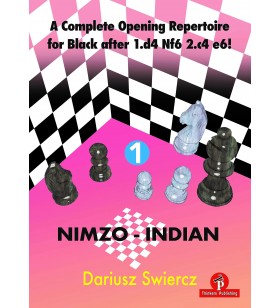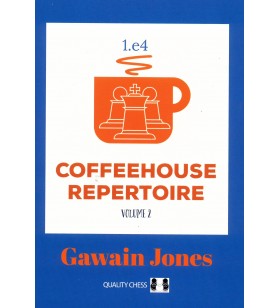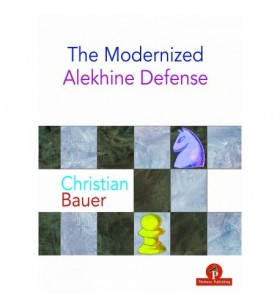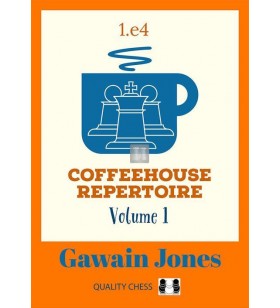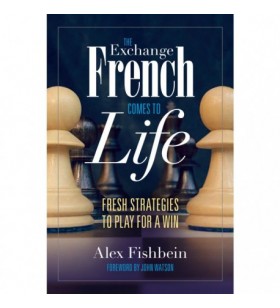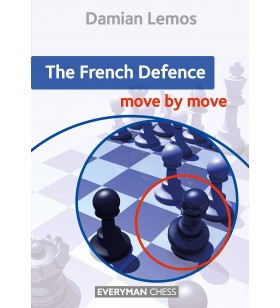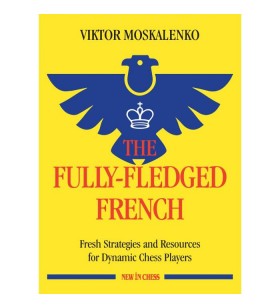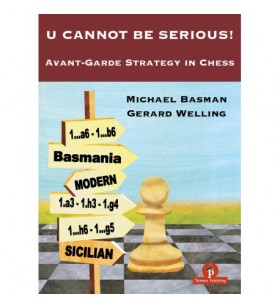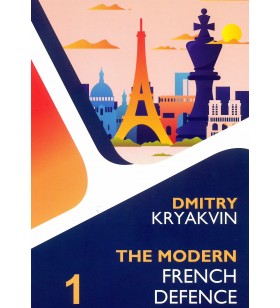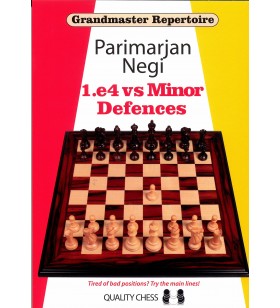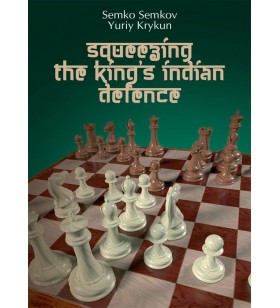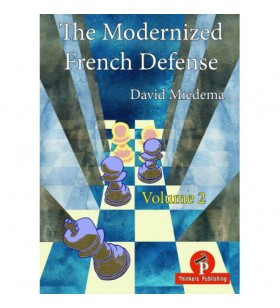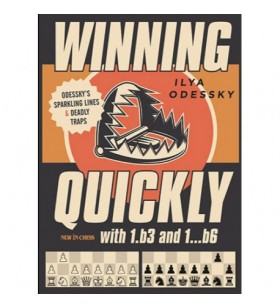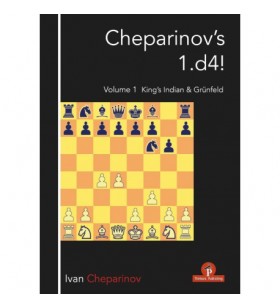Delchev - Delchev's Practical Opening Repertoire ( The Scandinavian, Pirc & Modern Defenses) Volume 1
Q&A with the author, Alexander Delchev:
What does it take to become an expert in opening preparation?
How can we learn the secret methods which allow the top players to dominate everyone else in the opening?
Books can hardly be useful in this regard because modern books on openings, regardless of the level of the author, are very standard and straightforward. The title of this book claims to answer this question. Your author will then back up his claim with proof in the form of analysis from a strong engine. You are then left to decide whether or not to include these ideas in your opening repertoire.
What is missing is some sort of guidance and advice relating to what sorts of tournaments and against what sorts of players this idea should be employed. Moreover, every one of you has likely noticed that even the best opening idea still has a relatively short life span and can hardly be used in more than a few games. So far I have published about 10 books on openings and for me it is not a problem to publish another 10 or even more. However, in the modern era I believe the lifespan of an opening book is incredibly short as new games are constantly being played and new ideas are being found. 1 feel it would be much more useful to you if I uncover a new approach to opening preparation, which will be more long-lasting and will improve your play as well.
The method of opening preparation I have used throughout my entire chess-playing career {1997 - 2018) allowed me, with relatively little effort, to be unpredictable the re by winning the psychological battle of the opening. Luring my opponents into prepared opening tricks and traps was great fun ! 314 p.
In the method which I will introduce you to in this book, the first and most important aspect is adapting your approach to each individual opponent and perfect prediction of the opponent's opening choice, to the smallest details.

 Français
Français Nederlands
Nederlands English
English
